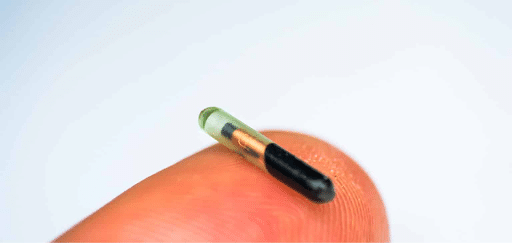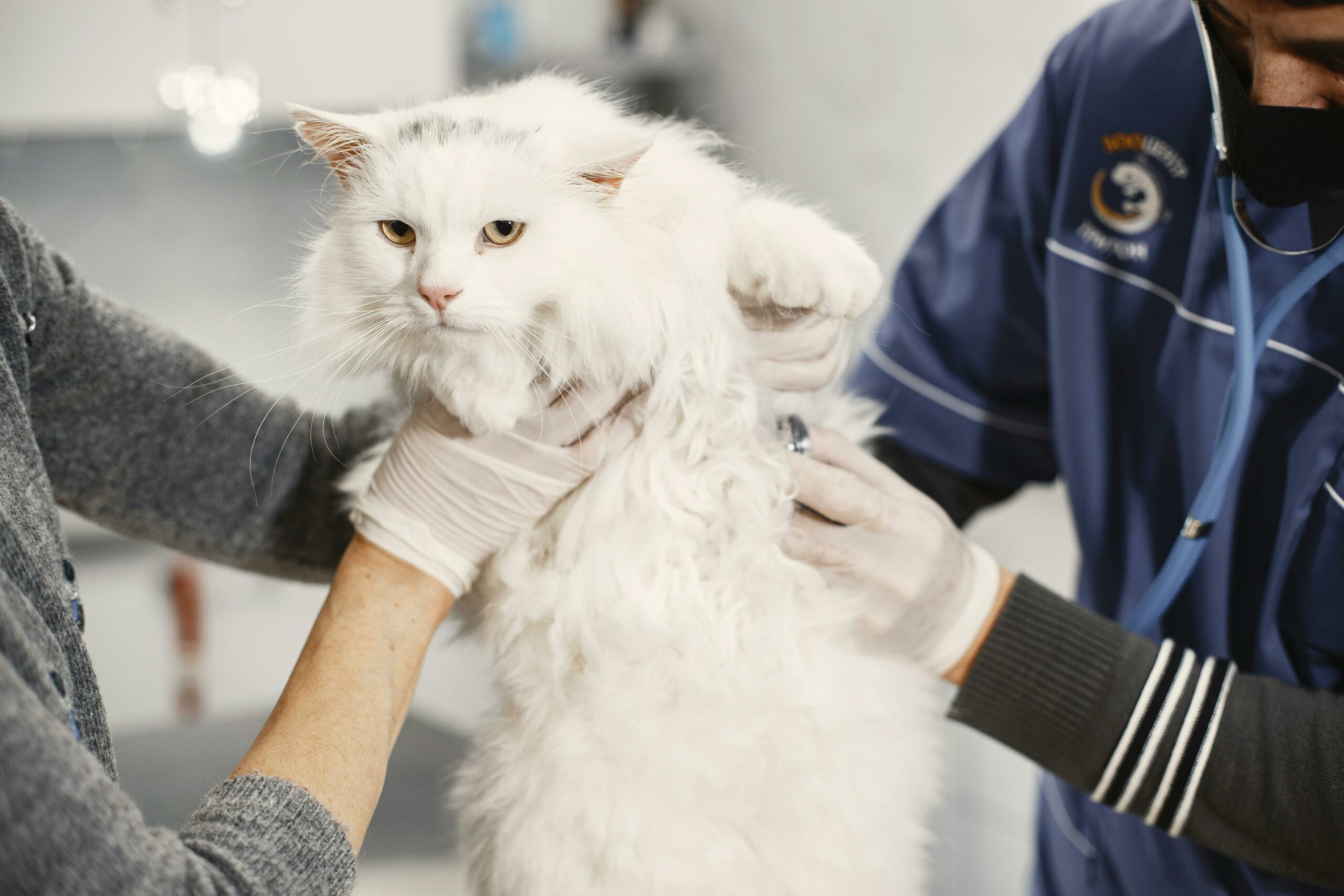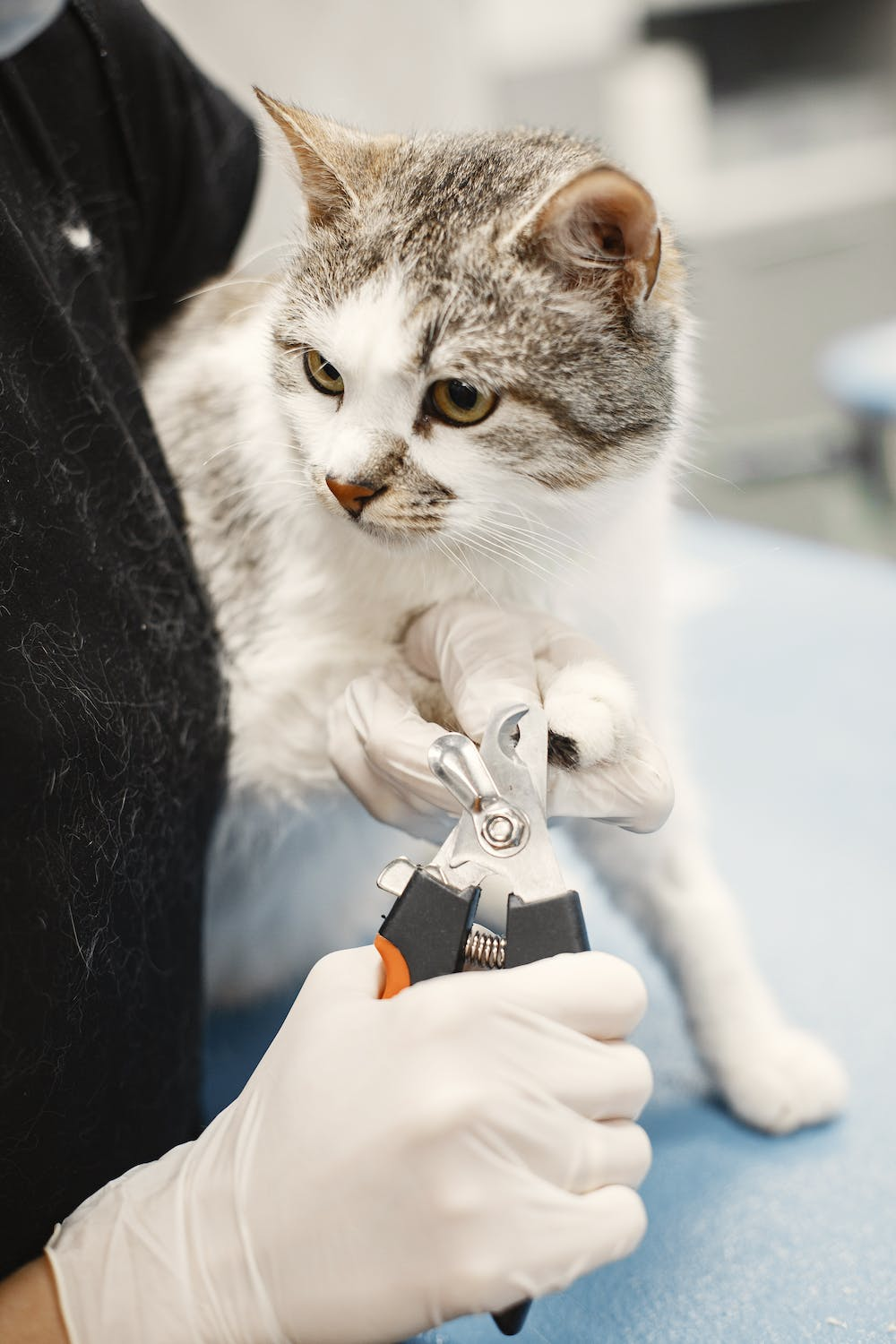Have you ever wondered how to treat dog ear infection? Your furry friend’s health is your topmost priority. Unfortunately, dog ear infections are common and can be painful and uncomfortable for your pooch. As a responsible pet owner, it’s vital to recognize the signs and symptoms of dog ear infections and learn how to treat them effectively. In this blog, we will discuss everything you need to know about treating dog ear infections, as well as causes, symptoms, and why it’s important to call a vet if you suspect your dog has an ear infection.
Recognize the Signs and Symptoms
The first step in treating dog ear infection is recognizing the symptoms. The most common signs of ear infection include constant shaking and scratching of the ears and head, foul odor emanating from the ears, redness and swelling of the ear canal, and discharge from the ear. Additionally, your dog may become sensitive to touch around the ear area, or you may observe a tilt of the head. If you notice any of these signs, take your dog to the vet immediately. (Keep reading as we will go more in depth about these symptoms).
Clean Your Dog’s Ears
Cleaning your dog’s ears is essential in treating ear infection. However to treat dog ear infections, cleaning must be done gently to avoid damaging the ear canal further. Opt for a veterinarian-recommended ear cleaning solution and a cotton ball, and apply the solution to your dog’s ears. Gently massage the ear base for about thirty seconds, then use a cotton ball to remove any debris or excess solution.

Antibiotics
Ear infections are usually caused by bacterial and fungal infections. Your vet may prescribe antibiotics to combat the infection. Antibiotics can come in the form of ear drops, injections, or pills. Follow the treatment as directed by your vet, even if the symptoms disappear before completing the treatment course.

Preventive Measures
Preventing dog ear infection should be part of your routine pet care. Some preventive measures include regular ear cleaning, drying your dog’s ears adequately after swimming or bathing, and reducing your pooch’s exposure to allergens and parasites. Always have a first aid kit for your dog, including ear cleaning solutions, and regularly visit the vet for check-ups.
Dog ear infection is common, but it should never be ignored. As a responsible pet owner, it’s your duty to recognize the signs and symptoms and seek prompt veterinary care. Additionally, you can use home remedies and practice preventive measures to avoid the recurrence of the severe ear infection. Remember, a healthy dog is a happy dog and you should be aware on how to treat dog ear infection when you’re a dog owner.
What’s Causing Your Dog’s Ear Infection?
Dog ear infections are a common problem, and if left untreated, they can become serious and painful for your furry friend. So, it’s essential to understand what causes ear infections in dogs, how to identify the symptoms, and how to treat them.
Allergies

Some dogs can develop allergies to certain foods, pollen, dust, or other allergens that can irritate their ears and cause an infection. Therefore, it’s essential to monitor your dog’s environment and diet to avoid exposure to allergens. If your dog is prone recurrent ear infections due to allergies, you may need to consult with your vet about certain foods and medications that can help prevent ear infections caused by allergies.
Ear Mites
If you notice your furry friend excessively shaking their head or scratching their ears, they could have ear mites. Ear mites are tiny parasites that live in the middle and inner ear canal and can cause a painful infection. Fortunately, ear mites can be easily treated with medication prescribed by your vet.
Water in the Ear
If your dog loves swimming or bathing, water can get trapped in their ears, leading to bacterial growth and an ear infection. Therefore, it’s essential to take extra precautions when your dog is in or around water. Be sure to dry their ears thoroughly after bathing or swimming and use ear drops or a dryer made for ear cleaning to keep the ear canal dry and free of bacteria.
Genetics

Just like in humans, some dog breeds are more prone to ear infections than others. Breeds with floppy ears or excessive hair in the ear canal, like cocker spaniels and golden retrievers, are at higher risk of developing ear infections. Therefore, it’s essential to check your dog’s ears regularly and keep them clean and dry if you have an at-risk breed.
Other Underlying Conditions
In some cases, an ear infection can be a sign of an underlying health problem, such as hypothyroidism, diabetes, or a weakened immune system. Therefore, it’s essential to consult with your vet if your dog has recurrent or severe ear infections to identify any potential underlying health problems and get the appropriate treatment.
Remember, early detection and treatment are key to preventing any complications and keeping your dog healthy and happy.
How to Identify and Treat Symptoms of Dog Ear Infections
Today, we will explore some signs and symptoms to help you identify a possible ear infection in your furry friend, and ways in which you can treat them.
Scratching and Shaking of The Head
One symptom of a dog experiencing an ear infection is when they begin to excessively scratch or shake their head. This behavior is due to the discomfort or irritation caused by the infection. You might notice them scratching more than usual, or shaking their head in a way that appears almost violent.
Unpleasant Odor
Another symptom of an ear infection is a smell that is unpleasant. This odor is usually caused by bacteria or yeast that has built up in the ear canal, and if left untreated, can spread to other areas of the body.
Discharge
If you notice any kind of discharge coming from your dog’s ears, it’s likely that they are suffering from an infection. Discharge may vary in color and consistency depending on the severity of the infection. It is advised to be cautious when cleaning this discharge, as further infection could be caused if not handled correctly.
Sensitivity to Touch
Dogs that are experiencing an ear infection often become very sensitive when their ears are touched. This is due to the inflamed tissue in the ear canal, causing a sensation of pain. You may also notice that they try to avoid being touched on their ears altogether.
Redness
Lastly, if you notice that your dog’s ears have become red or swollen, this could be a clear indicator of an infection. Redness can be accompanied by visible scabs, which is a sign of a severe infection that may have already caused damage to the ear canal.
The Importance of Calling a Vet for a Dog’s Ear Infection
While some pet owners might be tempted to try and treat the issue at home, it’s always best to call a vet. Let’s explore why it’s so important to seek professional help when your dog is suffering from an ear infection.
Ear Infections Are Common Among Dogs
Ear infections are one of the most common health issues that dogs face, particularly for those with floppy ears. Factors like allergies, ear mites, or excess moisture in the ears can all lead to this painful condition. While some ear infections may resolve on their own, others can become chronic and require professional treatment.
- A Vet Can Accurately Diagnose the Issue- One of the biggest challenges of treating an ear infection at home is accurately diagnosing the underlying problem. Many different factors can contribute to ear infections, and a vet can help you identify the root cause. By carefully examining your dog’s ears and taking samples for testing, a vet can develop a targeted treatment plan that will address the issue more effectively than home remedies.
- Home Remedies Can Be Ineffective or Even Harmful– Many dog owners turn to home remedies when their pet is struggling with an ear infection, but these can be both ineffective and potentially dangerous. For example, using vinegar or rubbing alcohol to clean your dog’s ears can cause irritation and even damage the delicate tissues in the ear canal. Similarly, over-the-counter ear drops or antibiotics can be ineffective if they’re not specifically tailored to your dog’s individual needs.
- A Vet Can Help Prevent Future Ear Infections- In addition to treating the current infection, a vet can provide guidance on how to prevent future issues. They might recommend changing your dog’s diet or limiting exposure to allergens or moisture. They can also demonstrate proper ear cleaning techniques and provide regular check-ups to monitor your dog’s overall ear health.
- Your Dog Deserves the Best Care Possible- As dog owners, it’s our responsibility to provide our pets with the best possible care. Not only can ear infections cause discomfort and pain for our furry friends, but they can also lead to more serious complications if left untreated. By calling a vet at the first sign of an ear infection, we can help ensure that our pets receive the care they deserve.
While it might be tempting to try and treat your dog’s ear infection at home, calling a vet is always the best choice. With their expertise and professional tools, they can accurately diagnose the underlying issue, develop a targeted treatment plan, and provide guidance on how to prevent future infections. Most importantly, working with a vet can ensure that your pet receives the best possible care and can avoid complications from chronic ear infections that could impact their quality of life.
Remember, if your furry friend is showing signs of an ear infection, don’t hesitate to pick up the phone and call Sirius Veterinary Care at (763) 441-5111 or Email: ca**@********ts.com. We understand you want the best care possible for your furry friend, that’s why we are here to help with all your pet needs!































